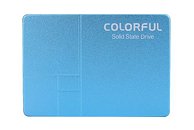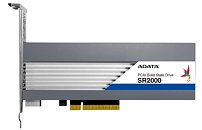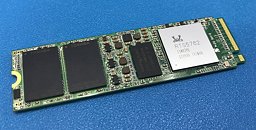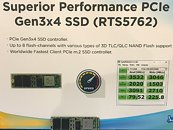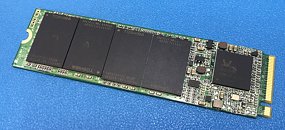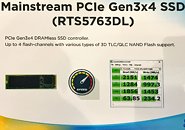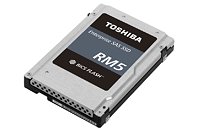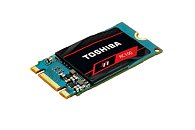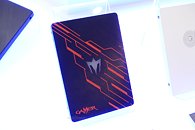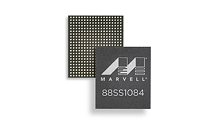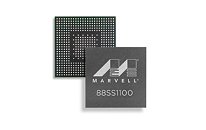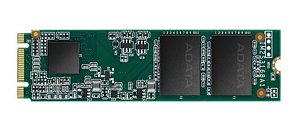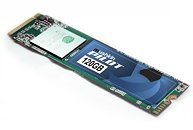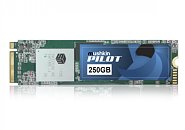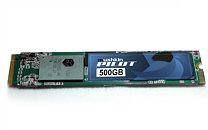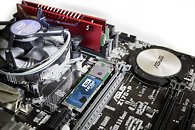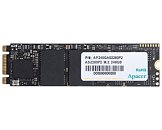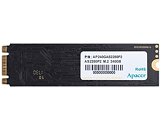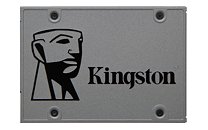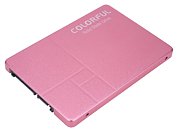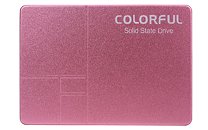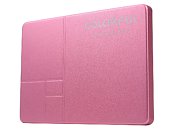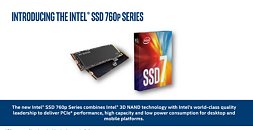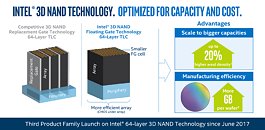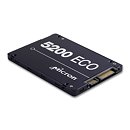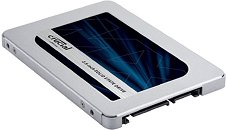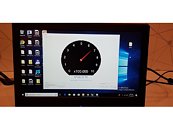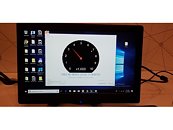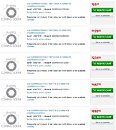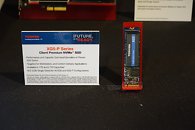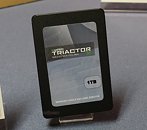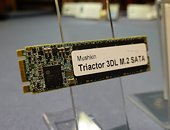
COLORFUL Announces Limited Summer Edition SL500 SSD
Colorful Technology Company Limited, professional manufacturer of graphics cards, motherboards and high-performance storage solutions is proud to announce the availability of its latest limited edition seasonal release for its solid-state drive product line. The COLORFUL SL500 640G Summer LE SSD marks the celebration of summer with a brand new color model for its SL500 SSD. Coming in at a bright Glacier Blue color, this limited edition joins the previously released Spring LE back in March. The seasonal Limited Edition release from COLORFUL are a special way of bringing users different visual experiences from their products.
Based off the highly successful SL500 series from COLORFUL, this special release is a high-performance, high-capacity model intended for power-users and gamers that need both speed and storage. The Limited Edition Glacier Blue color adds a touch of vibrance especially for users looking to build around a theme.
Based off the highly successful SL500 series from COLORFUL, this special release is a high-performance, high-capacity model intended for power-users and gamers that need both speed and storage. The Limited Edition Glacier Blue color adds a touch of vibrance especially for users looking to build around a theme.

